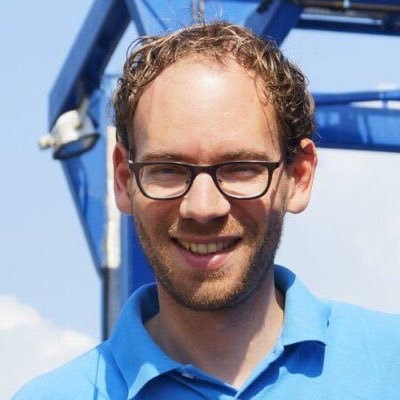How to unlock the potential of wind energy: an interview with the Netherlands Wind Energy Association

Hilbert Klok, sector specialist at the Netherlands Wind Energy Association
With 3.4 GW installed capacity, the Netherlands is now firmly established as a key market for wind energy. It is also one of only seven EU member states to have a renewable target post-2020 (16% by 2023, 3.5 GW offshore fully grid-connected). In terms of policy, industry and market initiatives, the Netherlands is an example to Europe and the rest of the world.
Don’t miss your chance to get on board with how the Dutch are unlocking wind energy: learn more at the conference session on Dutch wind power at the WindEurope Conference and Exhibition next week and check out our exclusive interview with Hilbert Klok, sector specialist at the Netherlands Wind Energy Association.
What have been the most exciting developments in Dutch wind energy in recent years?
- The tender results of the offshore wind farms of Borssele: these were the first tenders that created and fulfilled big expectations of offshore wind. These expectations started with the Dutch Energy Agreement of 2013.
- The huge development of onshore wind in the Netherlands. Within a few years the sector will have doubled its capacity to 6000 MW.
What do you think other countries can learn from the example of Dutch wind?
- That good cooperation between sector and government is key.
- Long term and stable policy is the most important prerequisite for more sustainable energy. The energy agreement provides this prerequisite for the near future.
What are the most significant challenges currently facing the wind industry, and what must be done to meet these challenges?
- One challenge is not to get overly enthusiastic about recent offshore developments and go for short-term profits that might jeopardise long-term development. The goal is to create a stable, sustainable and affordable energy system, and taking risks to maximise short-term gains might jeopardise that.
- Another challenge is to meet the current high expectations. Still, we are confident the Dutch supply chain can deliver on the expectations with the right tender criteria and if we have sufficient qualified personnel. There we have to work together with schools and government to set up good education programmes.
- Concerning onshore wind, our sector faces some spatial and financial challenges like problems with defence radars and aviation lighting which causes significant irritation for people living near a wind project. However the most important challenge is the development of a new support scheme in which the local and regional authorities decide on what energy mix they will use in their region.
How do you see Europe’s energy mix transforming over the next ten years?
- We will see increasing electrification, with wind energy providing a large part of the need that electrification creates, delivering one-third to fifty percent of the total future electricity demand.
Finally, what should attendees expect from the Dutch wind sector at the WindEurope Conference and Exhibition 2017?
Find out more about the session
- A very interesting selection of companies at the Dutch Village on the exhibition floor which can help you realise your wind projects across the world. Furthermore, on Thursday morning there will be a very impressive line-up at the conference session on Dutch market developments, with one company disclosing a very interesting new development!





